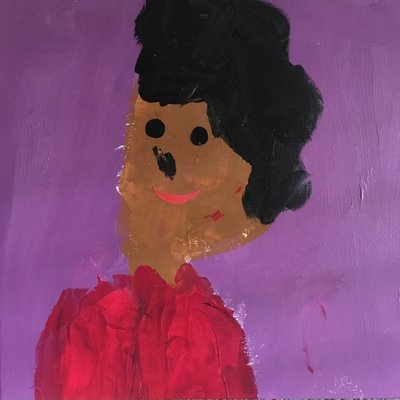Eats, Shoots and Leaves
11 August 2004, evening time
Eats, Shoots and Leaves was a pleasure to read. Lynne Truss has done an incredible job at making punctuation, a dry subject if there ever was one, interesting. The book is at its core Truss’ lamentation on the sorry state of the English language. The book begins with a lengthy introduction in which Truss makes a reasonable case for trying to save the written English language from its seemingly inevitable decline into instant-messenger-speak. The following chapters outline the proper usage of various punctuation marks, providing history and humour along the way.
The big final rule for the comma is one that you won’t find in any books by gammarians. It is quite easy to remember, however. The rule is: don’t use commas like a stupid person.
I would hope I have learnt something from the book, but frankly I have my doubts. The book is not a style guide, but does do a good job at outlining how to write properly. Eats, Shoots and Leaves was a lot easier to get through then Elements of Style. In fact, I imagine it is a lot easier to get through then most style guides.

I liked parts of this book but the best thing I got out of reading it was vindication! I’ve been using the Oxford comma all my friggin’ life and I keep getting told that it’s wrong—but it’s not! :) Man, I’m a geek.
by serena on August 11 2004, 11:48 pm #
What’s an “Oxford comma”?
by Ryan on August 12 2004, 12:43 am #
It’s when you go “a,b, and c” when you list things instead of “a,b and c.” Basically, it’s mainly used to avoid confusion, such as:
“I ate a sausage, green eggs and ham.”
Is the ham also green? If you use the Oxford style, both eggs and ham are green. If you don’t, it’s unclear.
by Dave on August 12 2004, 2:35 am #
That’s cool. I use a comma like that, but I never had a compelling reason for doing it until now. I guess you learn something new everyday.
by Ryan on August 12 2004, 1:42 pm #
“I hope I
learntlearned something”by Kenneth on August 12 2004, 4:01 pm #
Okay, I have a question about English that is not related to grammar, but here goes: On the Canadian passport application, they ask for “Mother’s name at birth”. Does that mean name at HER birth, or MY birth? I was arguing about this with my supervisor.
by martha on August 12 2004, 4:13 pm #
They would mean her maiden name, but the phrasing is ambiguous. Actually, maiden name is kinda ambiguous too, ‘cause nowadays, (some) people are often married and changing their names. Which is probably why they say (her) birth.
by Ryan on August 12 2004, 5:02 pm #
What is the difference between Learnt and Learned?
by ramanan on August 12 2004, 10:28 pm #
See, I also thought that what they wanted was her maiden name. But Jackson insisted they meant they wanted her name at the applicant’s birth, and he’s supposed to be the English guru!
by martha on August 12 2004, 11:02 pm #
Maybe they would want that. I really don’t know. The wording leaves room for interpretation I think. But Prof. J is a consultation for the OED, so he probably is a good person to ask the meaning of what they have on the form. As to what they meant for you to provide…while that is another question…argh…this is starting to sound some crazy semantics theory crap I had to research for English something…I think this is why I don’t like English (as a subject)...Math is much more fun. :-)
by Ryan on August 13 2004, 1:20 am #
I’d go with her maiden name. If they wanted to know your name at your birth, they could easily have a look at your birth certificate, which I believe you need to get a passport anyways.
by Dave on August 13 2004, 1:50 am #
“What is the difference between Learnt and Learned?” – like leapt and leaped, dreamt and dreamed, burnt and burned, knelt and kneeled … ! I think the ‘t’ form comes from German.
“something new everyday” – or as readers of the book would prefer, “every day”, since “everyday” is an adjective meaning “commonplace”.
PS. have a look here for my daily newspaper’s writing style guide: http://www.guardian.co.uk/styleguide
by Mike W on May 25 2005, 11:33 am #